Dark Red Detroit Beet Seeds
Dark Red Detroit Beets (Beta vulgaris) are a popular and vibrant variety of beet known for their deep red color, delicious taste, and numerous health benefits. They’re a versatile root vegetable that can be enjoyed in various culinary applications and make an excellent addition to any home garden. In this article, we’ll explore the distinctive features of Dark Red Detroit Beets, their cultivation, and their many culinary uses. By the end, you’ll be inspired to grow and savor these flavorful beets in your own garden and kitchen.
Characteristics
- Appearance: Dark Red Detroit Beets have a rounded shape and a deep red, almost burgundy color. Their flesh is also a rich red, with distinct rings visible when sliced.
- Flavor: These beets have a sweet, earthy taste that is enjoyed by many beet lovers. Their tender texture adds to their culinary appeal.
- Foliage: The leaves of Dark Red Detroit Beets are green, with red veins and stems, and are also edible, making them a dual-purpose vegetable.
Cultivation
- Soil: Beets prefer well-draining, fertile soil rich in organic matter, with a pH range of 6.0 to 7.0. Amend the soil with compost or aged manure to ensure proper drainage and provide the necessary nutrients for healthy growth.
- Sunlight: This vegetable requires full sun to partial shade, with at least 4-6 hours of direct sunlight per day for optimal growth and root development.
- Watering: Keep the soil consistently moist, but avoid overwatering to prevent root rot and other diseases. Water at the base of the plant to minimize leaf wetness and reduce the risk of disease.
- Fertilizing: Fertilize your Dark Red Detroit Beets with a balanced, all-purpose fertilizer, following the manufacturer’s recommendations. A fertilizer high in phosphorus and potassium can help promote root development and overall plant health.
- Sowing: Sow beet seeds directly in the garden, about 1/2 inch deep and 1-2 inches apart, after the danger of frost has passed, and soil temperatures have reached at least 50°F (10°C). Thin seedlings to 3-4 inches apart when they’re 2-3 inches tall.
- Pests and Diseases: Dark Red Detroit Beets may be susceptible to common garden pests, such as aphids, leaf miners, and flea beetles, as well as diseases like powdery mildew and Cercospora leaf spot. Monitor your plants closely and take appropriate action if necessary.
Culinary Uses
- Boiling: Boil Dark Red Detroit Beets until tender, then peel and slice or dice them for use in salads or as a simple side dish.
- Roasting: Roast beets with olive oil, salt, and pepper for a caramelized, flavorful side dish.
- Pickling: Preserve your beet harvest by pickling them in a vinegar brine with your favorite herbs and spices.
- Soups: Use Dark Red Detroit Beets as the main ingredient in a traditional borscht or other beet-based soups.
- Greens: Sauté or steam the beet greens for a nutritious and tasty side dish.
In conclusion, Dark Red Detroit Beets are a flavorful and nutritious vegetable that adds both visual appeal and a delightful taste to your garden and kitchen. By following proper cultivation practices, you can enjoy a bountiful harvest of these delicious beets throughout the growing season. Plant Dark Red Detroit Beets in your garden and discover the numerous ways they can enhance your culinary creations, contribute to a healthy and diverse diet, and enrich your gardening experience. Their striking color and sweet, earthy flavor make Dark Red Detroit Beets an excellent addition to any vegetable garden, and their adaptability to various cooking techniques ensures they will quickly become a favorite ingredient in your kitchen. From salads and side dishes to soups and pickles, these versatile beets are a delightful and nutrient-packed choice for your garden and your plate.
How to Grow Beets
For information on growing beets, please read our article: The Ultimate Guide to Growing Beets: Tips, Techniques, and Varieties for a Bountiful Harvest.

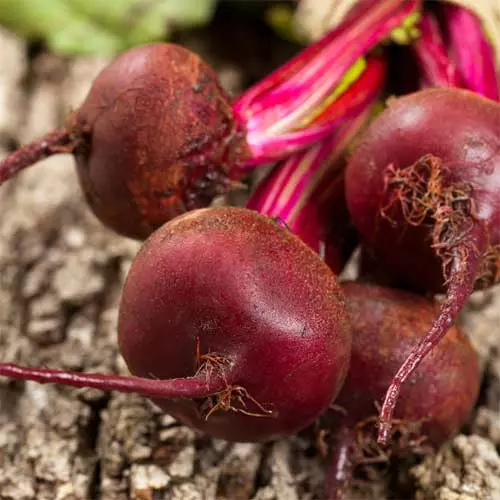
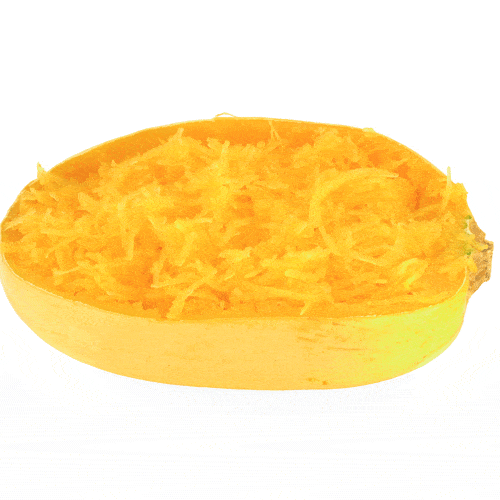
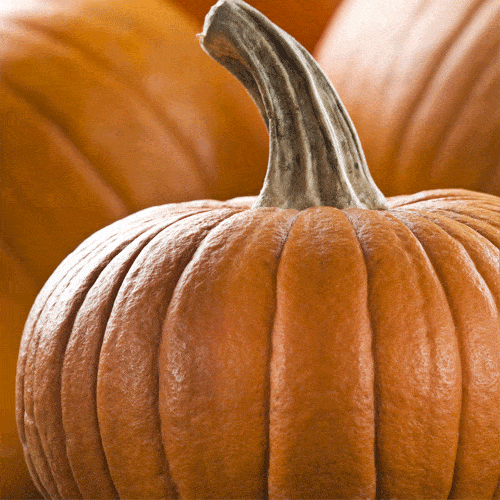
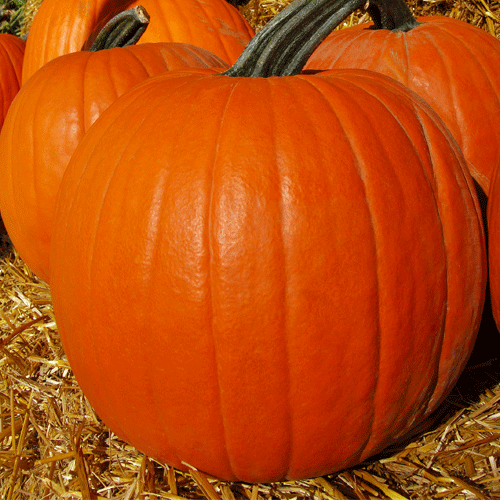
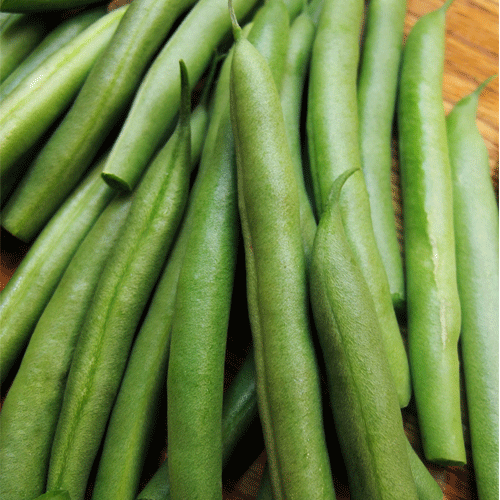
Reviews
There are no reviews yet.